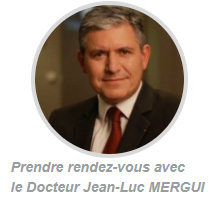Chemotherapy as a treatment is always and only decided during the ICM framework where all the relevant medical knowledge is brought together to discuss the cancer’s diagnosis and the surgery experience (size of the tumour, its histo-prognostic grade, any hormone receptor status, HER2 Neu status, the lymph node situation, the patient’s age, any metastases, the patient’s general health...) The chemotherapy decision is always unique to the patient and the situation and involves weighing the advantages (proven survival and cancer recurrence benefits) and the disadvantages.
Chemotherapy entails taking a combination of anti-cancer drugs, often in 6 to 8 cycles with a cycle every 3 to 4 weeks.
Chemotherapy is given via an injection of drugs into a small chamber or reservoir called a portacath (port or totally implantable venous access device (TIVAD). This avoids the need for cannulas. The patient is sedated and the portacath is placed under clavicle on the side opposite to that of the original surgery.
Chemotherapy is given:
- after surgery, called adjuvant therapy,
- before surgery, called neoadjuvant therapy.
In situations where HER2 Neu is extremely overexpressed (+++), a specific anti-HER2 treatment is usually necessary. This is called Trastuzumab or Herceptin®. This type of treatment is considered a focused treatment much like hormonal therapies.


